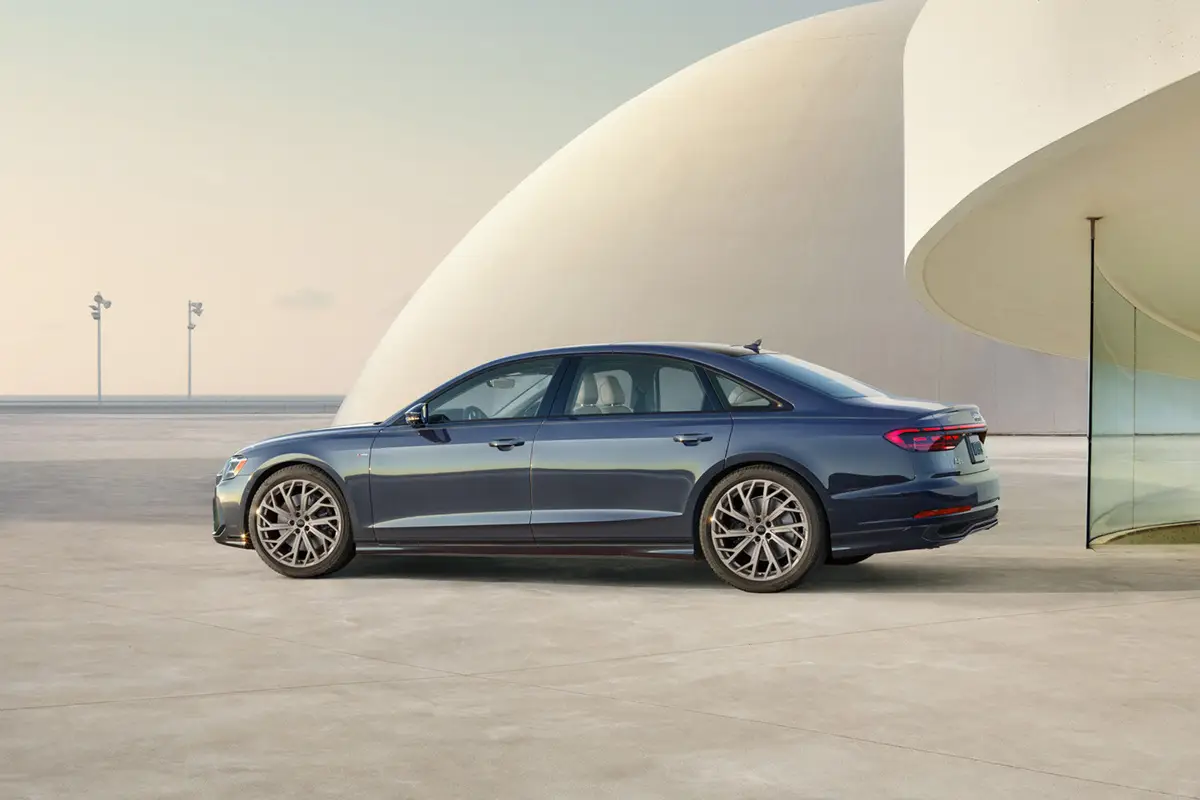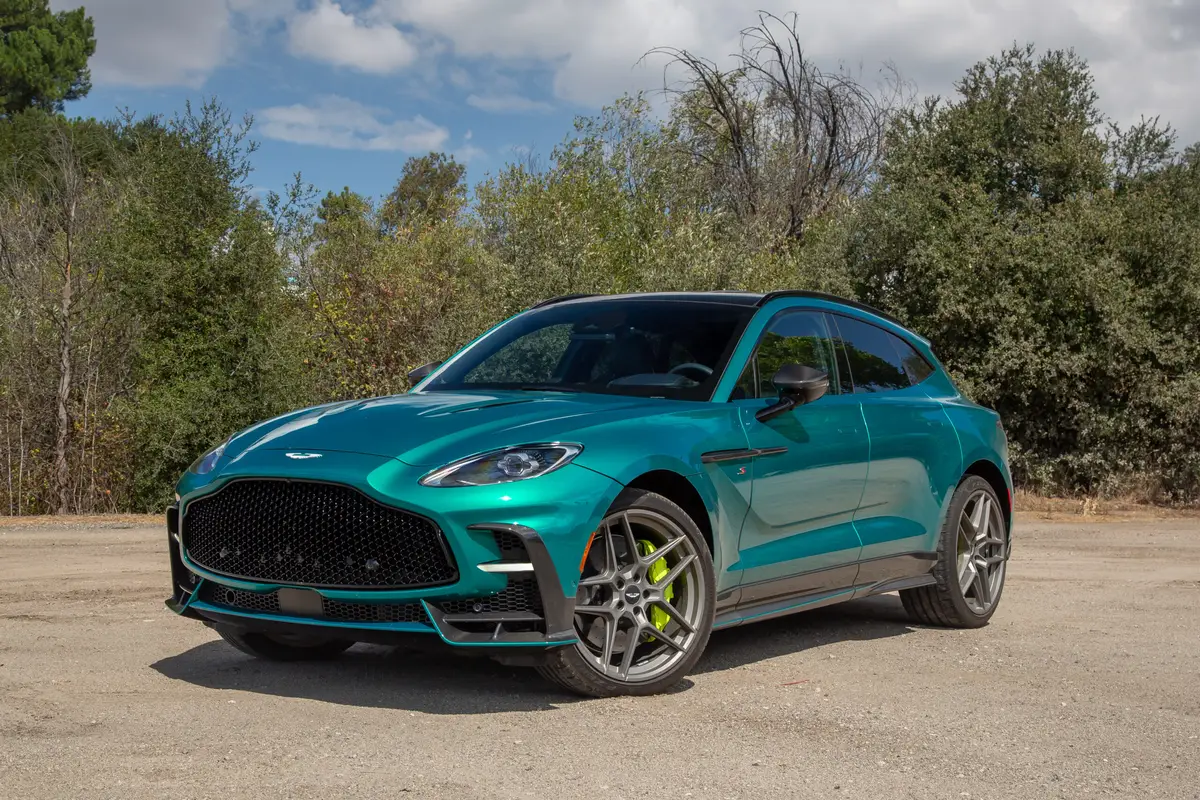washingtonpost.com's view
It was a “pre-production model,” which means it wasn’t ready for market. But that may have been a ruse, a hedge against something that could have gone wrong on the test drive.
Car companies do that sort of thing when introducing new models to the media. The “pre-production” label provides a built-in excuse for possible error. “We’ll fix that in the regular production run,” auto executives say.
But there was little need for that funny business with the 2005 Subaru Outback 3.0 R/L.L. Bean Edition wagon. Maybe the name could have been shortened. But that was about it. “Pre-production” or not, the wagon was darned near perfect. It proved yet again that Subaru was right to flirt with, but not commit itself to, the SUV craze.
The flirtation began in 1995, when America’s greatly misunderstood and misdiagnosed lust for sport-utility vehicles was coming into full bloom. It wasn’t a matter of unbridled ego, or wanton disregard for the environment or public safety, as alleged in Keith Bradsher’s hysterical and statistically inaccurate tome, “High and Mighty SUVs: The World’s Most Dangerous Vehicles and How They Got That Way.”
It was a matter of rational, compensatory consumer behavior.
The U.S. government all but killed family station wagons in the 1970s with its politically inspired, non-science-based corporate average fuel economy (CAFE) rule. CAFE required car companies to sell new-vehicle fleets having an arbitrarily pegged miles-per-gallon standard.
That “sell” verb is all-important, because CAFE did not and does not require consumers to buy what the car companies want to sell. Moreover, it was a loophole-ridden rule that restricted sales of fuel-efficient, foreign-made vehicles for CAFE purposes. That is, a U.S. car company could not use products made overseas to improve its CAFE score.
So, U.S. car companies got into a frenzy of vehicle downsizing that eventually led to the near-death of the station wagon and other big family carriers. The problem was that big families didn’t die. They continued, along with their need for vehicles that carry lots of people and stuff.
Chrysler in 1984 exploited one of those CAFE loopholes by introducing a truck-based “minivan,” which, because it was regarded as a truck, had a lower CAFE standard than a car. Ford Motor Co. and what was then the American Motors Corp.’s Jeep went several steps further, turning trucks into “sport-utility vehicles” family rides that had a higher sex appeal than minivans.
Consumers went SUV crazy. Why not? They got family haulers with cachet instead of CAFÉ at what appeared to be reasonable prices in a land with the cheapest gasoline in the developed world. It was a good fit for them and for auto marketers, so much so that Subaru in 1995 decided to introduce the “rugged” Outback, which then was nothing more than a Subaru Legacy wagon with SUV pretensions. Surprisingly, that fake-mobile sold and sold well.
Subaru learned something: It wasn’t so much that Americans wanted SUVs. They simply wanted a vehicle that would carry all of their people and belongings, run well through inclement weather, and at least look as though it offered protection against the evils of the driving world.
Over the years, Subaru steadily improved the Outback – boosting its horsepower, substantially improving its suspension system and improving its ride, handling and overall build quality and engineering. The 2005 Outback 3.0 R/L.L. Bean Edition is the end result of those efforts – with a twist.
The Outback is now so good it no longer has to pretend to be an SUV, or even a “crossover SUV/wagon.” It is a station wagon, plain and simple.
It has more sex appeal than most SUVs – nicely tapered exterior lines capped by a fastback roof. The L.L. Bean-inspired interior is all rich, feel-good wood-and-leather stuff, right down to the steering wheel and gearshift lever. The wagon is loaded with standard equipment, including four-stage heated driver and passenger front seats and standard head air bags, at a price substantially lower than those of comparably equipped SUVs.
And then, of course, there is the Outback 3.0 R’s splendiferous all-wheel-drive system mated to a five-speed automatic transmission and a 3-liter, 24-valve, 250 horsepower Boxer, horizontally opposed, 6-cylinder engine. That’s a 38-horsepower improvement over the previous version of that engine.
Add to all of those features ample cargo space, substantially better-than-SUV fuel economy, easy parking ability, easier passenger entrance and exit – and you get an idea of where the U.S. auto market is heading in the next few years. To wit: Station wagons will resume their rightful role as the nation’s leading family haulers.
SUVs will reassume their position as the truly rugged carriers of choice. For example, look for a move from car-like unitized construction back to traditional body-on-frame SUV construction, as represented by the 2005 Nissan Pathfinder. SUVs ultimately will serve a much smaller number of buyers than they do today. And the rest of the world, SUV haters and lovers alike, will learn what Subaru has known all along:
The market makes the rules. Consumers, not politicians, not car companies, not advertising agencies, make the market.
Latest news



